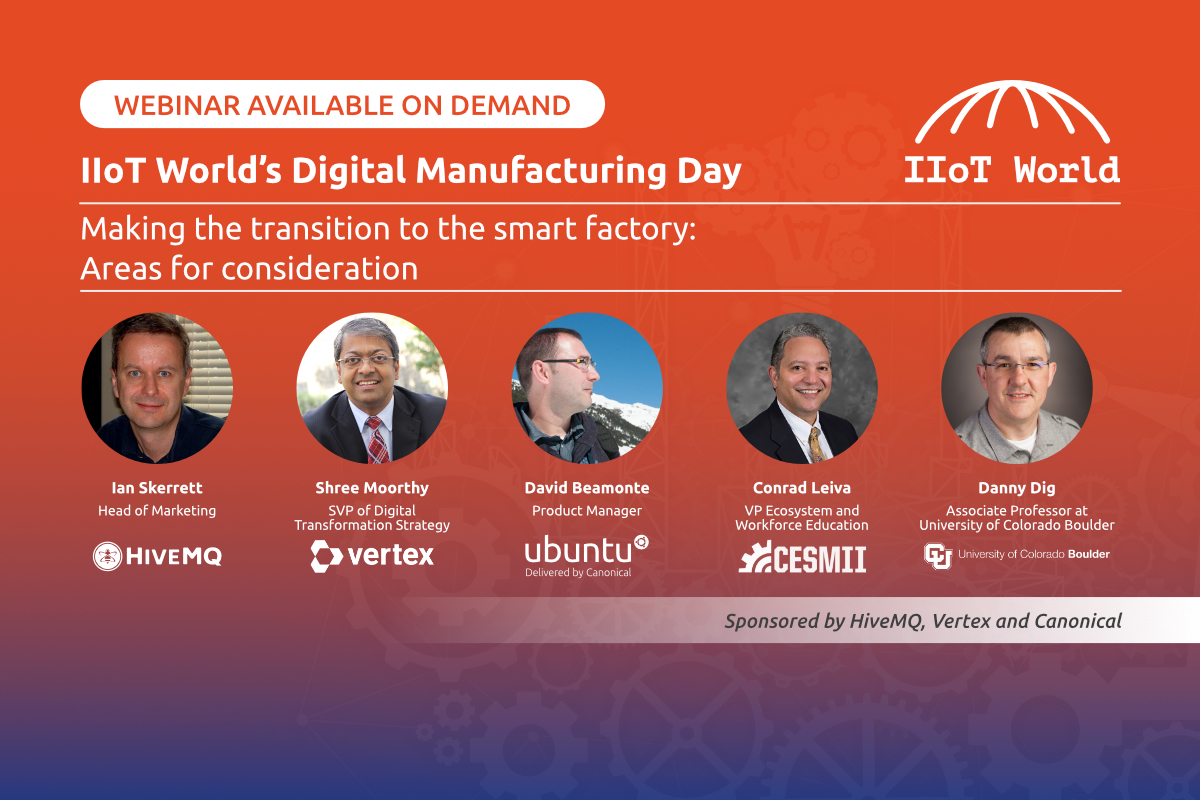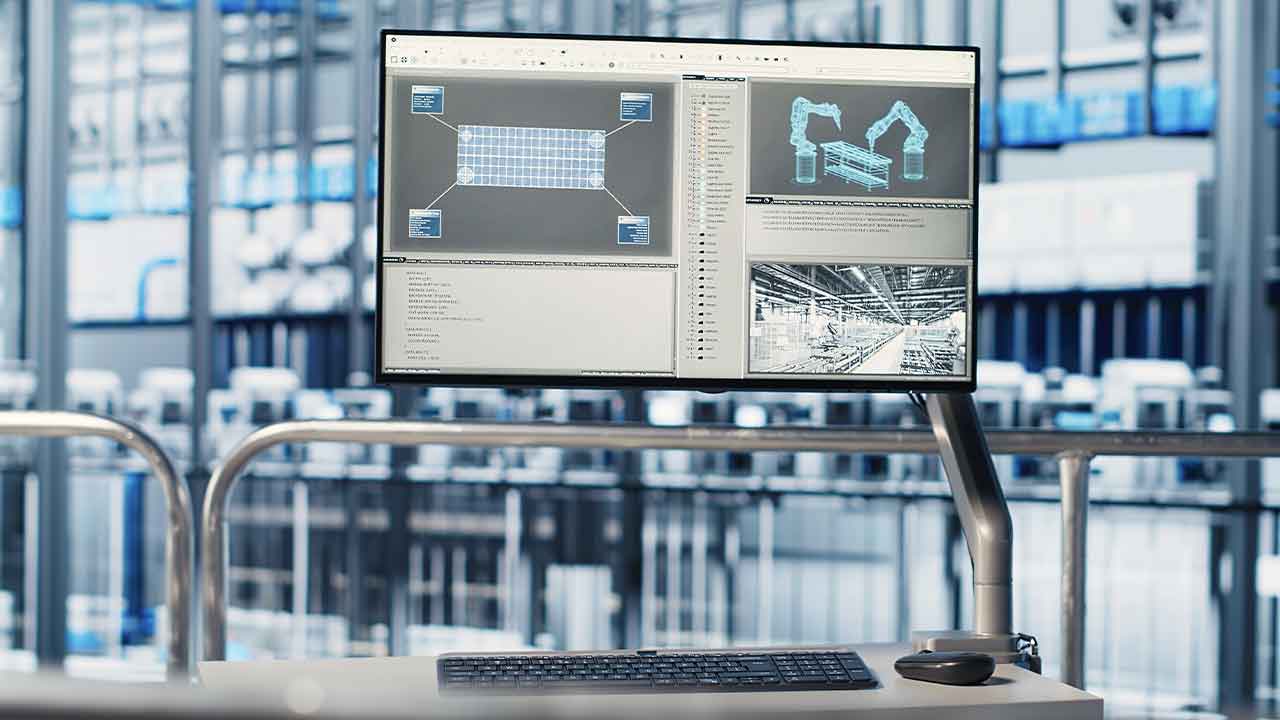Making the transition to the smart factory: Areas for consideration | SPONSORED
IIoT technologies are driving the manufacturing industry to modernize its software infrastructure to create smart factories. A key motivation in this push to modernize is that real-time data and dynamic decision-making yield meaningful performance improvements for businesses.
Current manufacturing infrastructure is costly to maintain, creates barriers to data distribution, integrates poorly with other systems, and blocks companies from capitalizing on the advantages that digitalization creates. Successful transition to a smart factory will require digital technologies that can integrate outdated existing systems with modern new systems. More about Connected Manufacturing: What it is and Why it is Important
In this panel, our speakers talk about the business drivers for modernization, challenges of adopting new technology and how to overcome these, architecture patterns for modernizing software infrastructure and recommendations for linking the different levels of automation in a factory with MQTT-based messaging infrastructure.
Also, our panelists discuss how IT/OT technology areas have been converging over the last few decades and how it has been changing the workforce skills needed to support manufacturers implementing Smart Manufacturing methodologies to remain competitive in today’s highly digitally connected smart manufacturing ecosystem.



